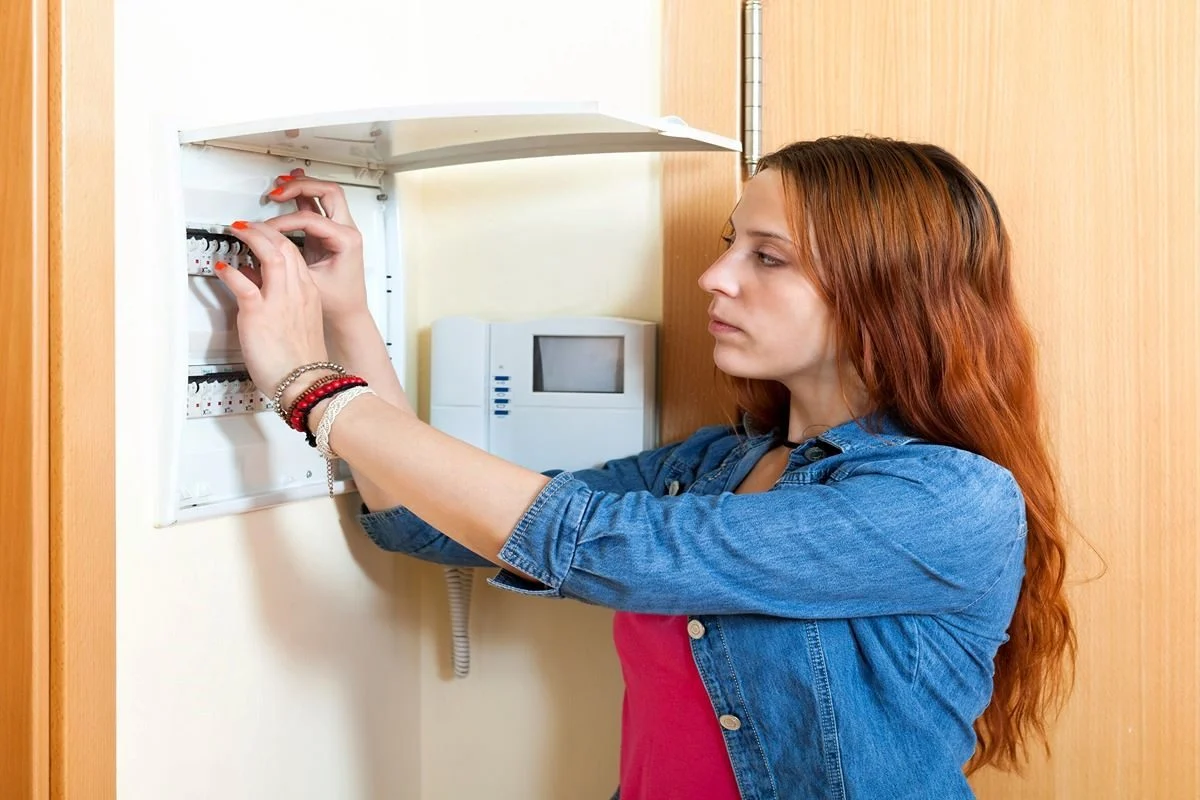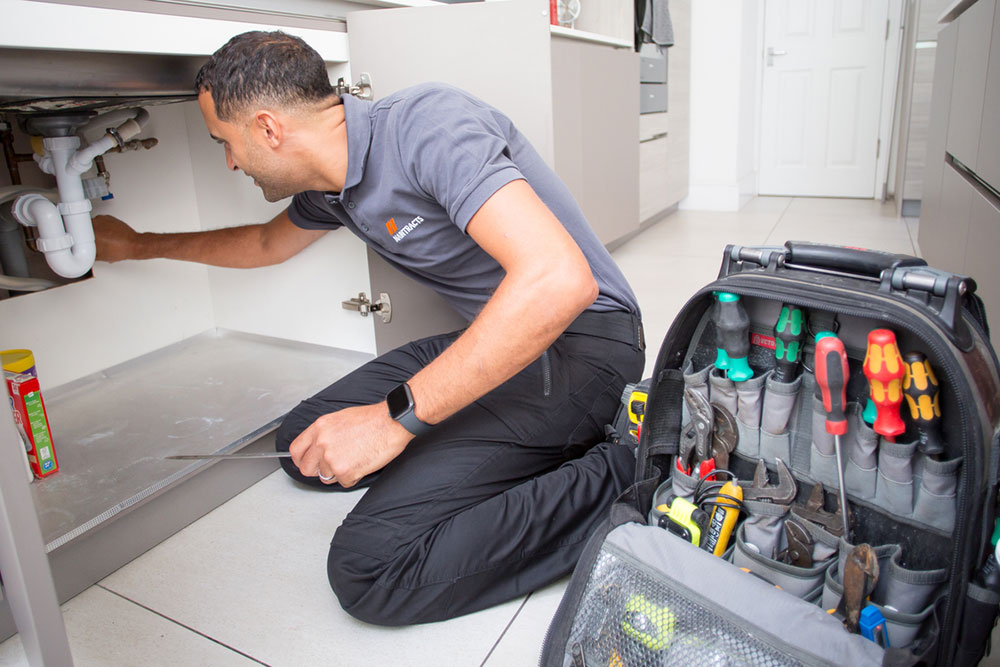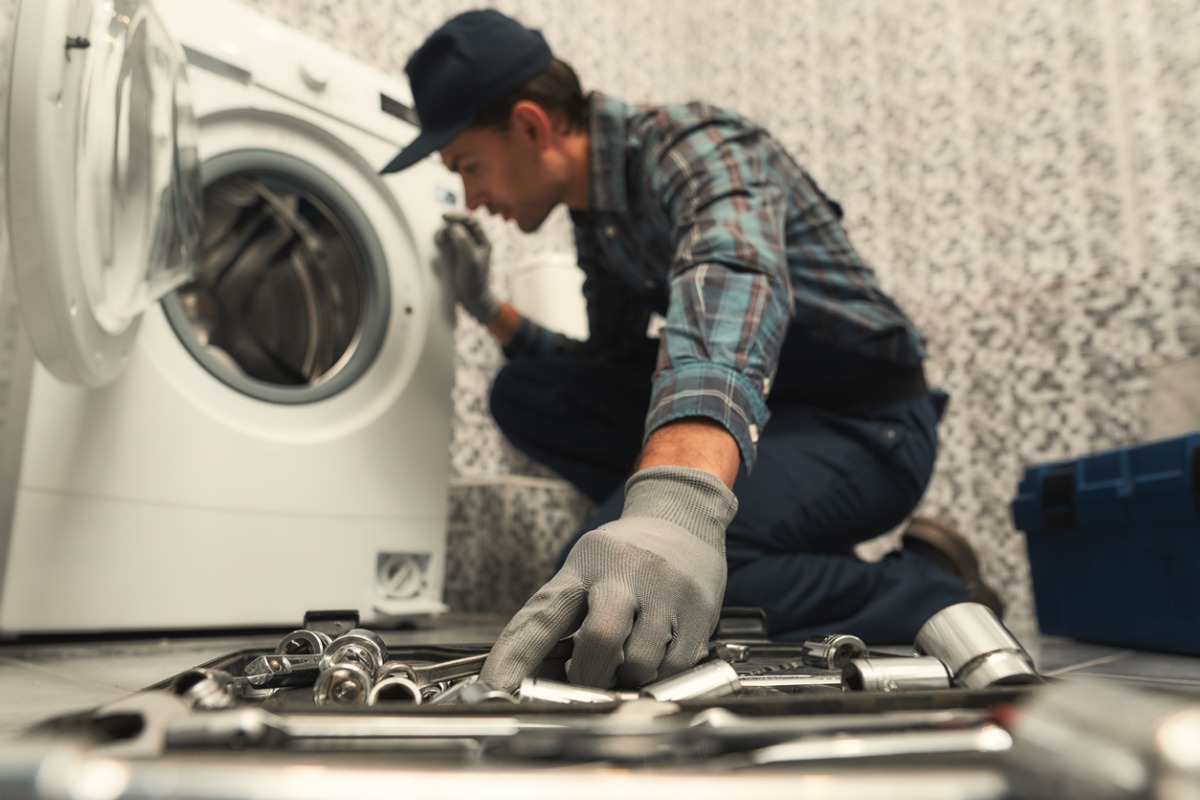Circuit Breaker Tripping Guide

Anúncios
Every electrical system needs a circuit breaker, which is a very important safety device. When it detects that the circuit is overloaded or there is a problem, it stops the flow of electricity. This prevents situations such as electrical fires and shocks. But a circuit breaker that trips too often can be annoying and indicate a deeper problem that needs to be addressed. In this guide, we look at the most common causes of tripped circuit breakers and give you the best tips for finding and repairing them.
1. Overload
Usually the circuit breaker trips due to too much current. When too many devices draw power from a single circuit, the breaker’s amperage limit is exceeded and the breaker trips. To avoid this, place an equal amount of electrical load on each circuit. If the circuit breaker continues to trip, pull something from the outlet and try to spread the load. To avoid overload, you may need to move high power equipment to a different circuit.
Anúncios
2. Overheating
When the live wire touches the neutral wire, a rapid current surge occurs. This is called a short circuit. This will immediately trip the circuit breaker as a safety measure. Finding a short can be difficult, but you can usually tell by looking for broken or exposed wires. If you think a short circuit has occurred, you should contact a qualified electrician to find out what the problem is and fix it safely.
3. Ground Fault
A ground fault occurs when the hot wire touches the ground wire or metal receptacle. This is the same as shorting. Ground faults can also occur when a device’s insulation breaks and current flows to ground. The circuit breaker checks for ground faults and trips if found. This will prevent you from getting an electric shock. To clear a ground fault, disconnect everything from the circuit and reset the circuit breaker. If it cuts out again, have it checked by a skilled electrician.
Anúncios
4. Fast Inrush Current
Some appliances, such as air conditioners and freezers, draw a high current when they are first turned on. These currents can be much higher than the operating current of the equipment, tripping the circuit breaker. Install circuit breakers that can handle a lot of current at once to avoid this. You can also try starting these devices at different times to reduce the total load when they are first turned on.
5. Anti-Aging Agent
Like any other electrical component, circuit breakers have a finite lifespan. Over time, they can stop tripping if something goes wrong, which can reduce the safety of your electrical system. If you have an older home or notice that your circuit breaker trips frequently, you may want to have the old circuit breaker inspected and repaired by a professional electrician.
6. What’s the Weather like?
Extreme weather can also cause circuit breakers to trip. During a storm, electrical disturbances such as lightning strikes or power surges can cause circuit breakers to trip. Invest in surge protectors and lightning rods to protect your electronics and gadgets from power surges.
7. How to Prevent Circuit Overload?
It’s important to know how much power you’re using so you don’t overload your circuit and trip your circuit breaker. Keep your electrical system running effortlessly by doing the following:
Know the Circuit Rating
Find out how many amps each switch in your switchboard can handle. Do not place high power devices in circuits with insufficient power. If you are unsure of the values, ask an electrician or refer to the documentation that came with your electrical panel.
Just Off the Load:
Spread electrical loads over several lines to avoid overfilling them. Powerful appliances such as washing machines, dryers and electric ovens are best equipped with their own dedicated circuits.
Use Power Strip:
Power strips with built-in circuit breakers provide an extra layer of protection for your sensitive electronics and prevent individual outlets from being overloaded.
Unplug Items that are not in Use:
Unplug items when not in use. Even when turned off, many gadgets still consume a small amount of power. All these little charges add up and load the circuit.
Avoid Series Connection:
Do not daisy-chain power strips or extension cords as this may overload a single circuit. Instead, use a longer extension cord to connect to an outlet that can handle the load.
8. Regular Maintenance
By taking good care of your electrical system on a daily basis, you can greatly reduce the chances of your circuit breaker tripping. Consider the following maintenance methods:
Checks that You can See:
Regularly check sockets, switches and tools for damage or signs of wear. Check for weak connections, protruding wires or burn marks and correct any problems immediately.
Inspection by Professionals:
Get checked regularly by a professional electrician to see how your electrical system is doing. They can find and fix potential problems before circuit breakers are tripped or other electrical problems are caused.
Upgrade Wiring:
If you live in an older home with old electrical wiring, you may want to replace it with newer, better wiring. The updated wiring can handle more current draw and reduces the chance of circuit overload.
9. Teach Your Family
Make sure everyone in your home understands the importance of electrical safety and how to avoid overloading electrical circuits. Teach them how to use appliances properly and what happens when a circuit gets overloaded.
Conclusion:
When a circuit breaker trips, it can be anything from a simple overload to a more complicated wiring problem. By understanding the most common causes of travel and taking preventative measures, you can keep the electricity in your home or business safe and reliable. Remember to put safety first, and if you keep knocking the breaker or unsure of electrical information, call an electrician for help. Taking steps to avoid overloading your circuits not only protects your electrical equipment, but also protects your home and family from potential electrical accidents.





